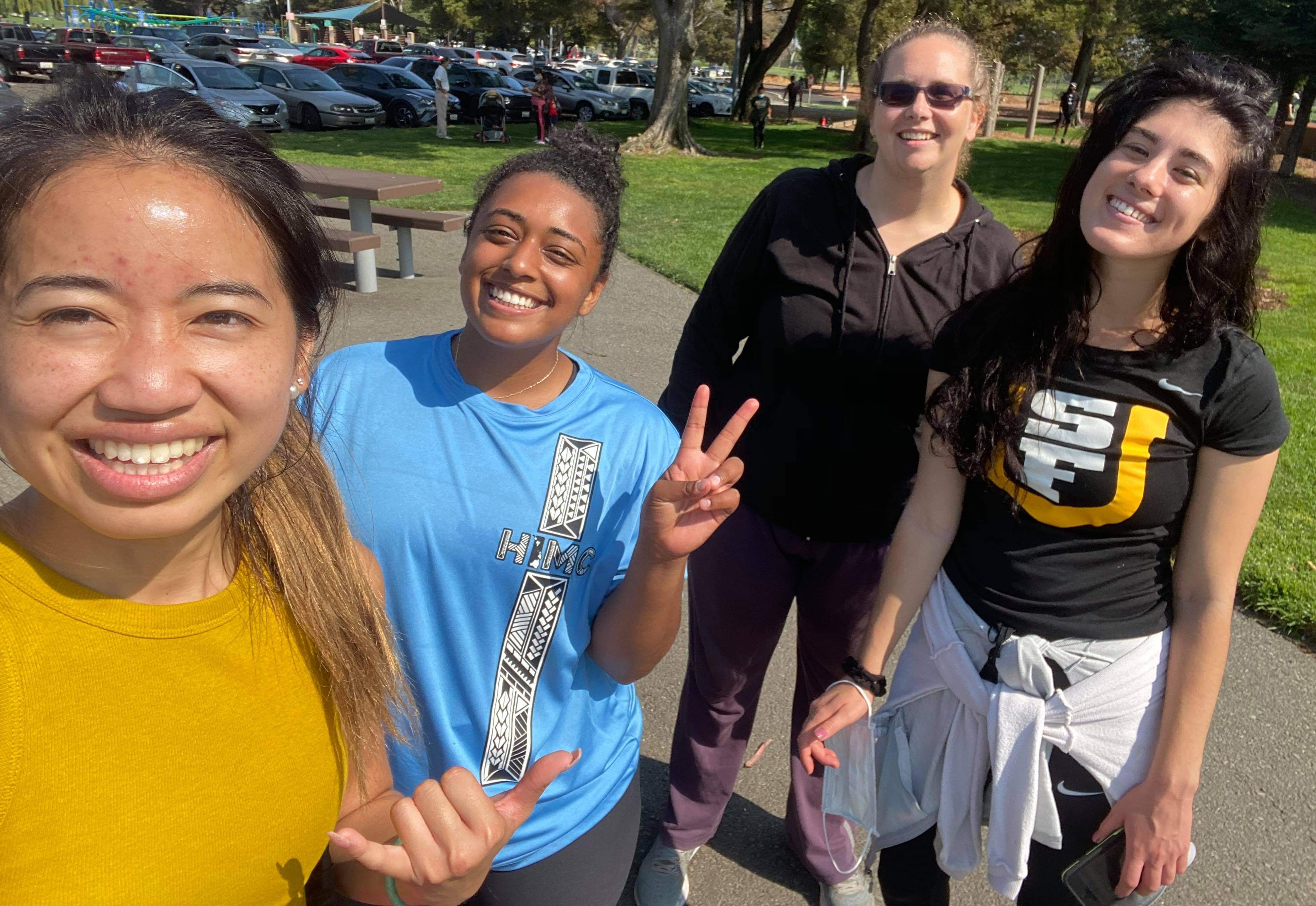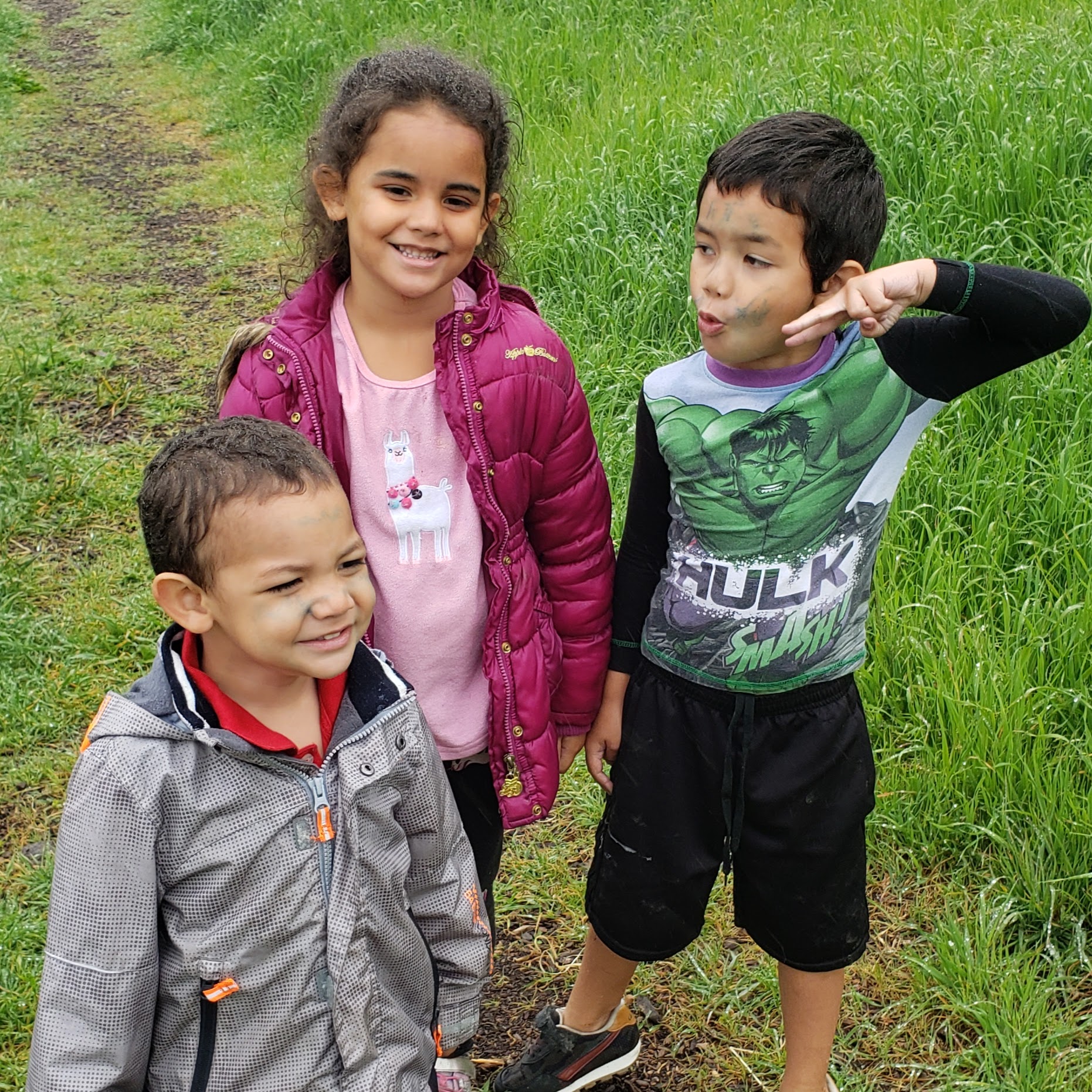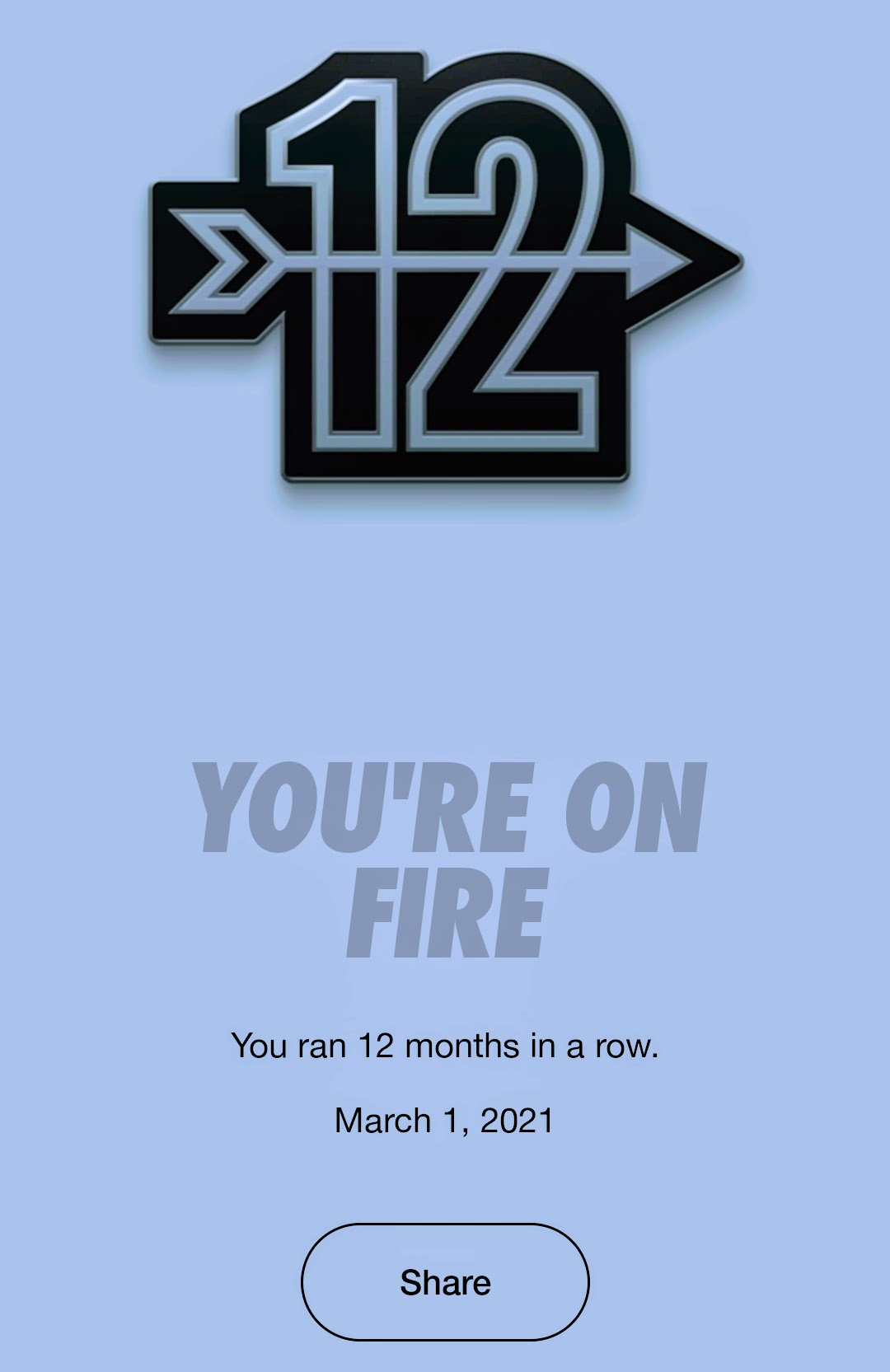In September 2020, I ran a half marathon with some dear friends. I ran a 5K in about 42 minutes and was consistently running 3-4 days a week. In the middle of November, I sprained my ankle on a run and had to take a few weeks off and at the end of December, our whole family got Covid. Needless to say, my running game fell off around that time. The two weeks that I was sick with Covid were challenging, but I thought we had made it through relatively unscathed. We were so well taken care of by our church family, and none of us had been hospitalized. As you may have heard, Covid can last a long time, and for me that was especially true. Even though my symptoms were never severe, it took a few months to feel 100% recovered.

By January 10th, most of my Covid symptoms had subsided. I was able to work from home again, and one January 20th, I thought I would go for a run. I could barely finish a mile, and by the time I was done, my lungs felt like they were on fire. Even though I mostly felt better during a normal day, my body wasn’t anywhere near ready to run again. This was hard for me. I had been running consistently, and there was so much about running that helped me in my daily life, especially with my anxiety levels. I have better quiet times when I run regularly, and I do much better with the kids. I started giving into fears like: what if I don’t ever get back to the running level I was at? What if I have long term long damage? How am I going to get my anxiety back under control?
I soon realized that my body needed rest, and that was going to promote healing much faster than forcing myself to run before I was physically ready. I took a few more weeks completely off, and then started back slowly. Very slowly. I didn’t even try to run. I walked with the kids – and walking anywhere with a two year old is bound to slow you down. I slowly built up the distance we walked together until we got to two miles. Then I decided I would jog slowly, starting at once a week, and release all the pressure about distance and time. Through this process, I started using the Guided Runs on the Nike Run Club app. I have used Nike Run Club to track my running for years, and I started using Guided Runs in 2020 to help me get through longer distances. There are lots of different Guided Runs though, so I began exploring some new options.

There were three Guided Runs that helped me during this recovery phase – Today’s 30 Minute Run (which at the time was a 30 minute walk), the Stress Free Run (guides you through healthy ways to handle stress), and the one I am going to write about today: the Suckcess Run. When I started branching out into new Guided Runs, this one caught my eye because 1) it’s spelled wrong and 2) I was wonderfully curious to find out exactly what it meant.
I learned three important lessons from the Suckcess Run that apply to running, but they also applied to my discipleship.
- It’s important to measure success in as many ways as you can.
In running, success is usually measured by distance, duration, and pace; when those feats became impossible, I had to measure success by the fact that I could still breathe when I was finished or that I got to share some fun time with my kids. We had gotten out of the house, and that’s always better than being stuck in the house. Sometimes in discipleship, I measure success by perfection – did I have an awesome quiet time, do my very best at work, be patient and kind to my children all day, love and serve my family in the evening, and lead a Bible study or two? Not that I should be satisfied with being less than excellent, but if I don’t measure success in ways that are less than perfection, I will always feel like a failure.
- If it’s always hard, you are doing something wrong.
Running can be hard because there are hard days and hard workouts. Discipleship can also be hard; there are definitely hard days. But if running is always hard drudgery…you’re not doing it right. There should be fun days and encouraging workouts. And if discipleship is always hard, you’re doing something wrong. Yes, there will be dark days that seem like they are never going to end and days where sin seems unconquerable and life is overwhelming. However, there should also be good days. If every day is drudgery, figure out where that’s coming from. Jesus came to give us an abundant life, filled with joy, peace, and reverence. Hard days exist, but not every day should be a hard day.
- Celebrate having finished, even when it’s hard.
Often my favorite moment in running is right after the run. No matter how the run went – terrific or terrible – I finished it. I could have chosen to stay on the couch and scroll on my phone (which is often a huge temptation), but instead I put on my tennis shoes and went for the run. There are days discipleship can be that way too. Recently, it has taken some serious self-denial for me to get into Bible studies because they have been scheduled at a time that is less than convenient for me. As a disciple, I know that’s necessary, but after I finish the studies, I’m a completely different person. I could have said no. I could have ducked out, but I made the righteous choice and now I have stronger friendships and an opportunity to share the Gospel. So I celebrate having done the hard things, even though they were hard.

After a few weeks off from running and then took a few weeks to slowly build back to distances, I had two big running victories in March. The first was that I got my 12 Month badge in Nike Run Club, which meant that I had run every month for the previous 12 months. That was huge for me. Even though there were months like January, when I only “ran” twice, there were months like August where I ran more than 80 miles. But I had run every month for a year, which told me that I could do it again. I could wake up again and get on another starting line. No matter how the run went, I could continue to consistently show up.
The second victory was on March 6th, about two months after recovering from Covid, I completed my first 5K. It took me a long time to finish, much longer than the 42 minutes I was running before my injury and illness. But I finished it. And honestly, I might have been more excited about finishing that run than I was about finishing my fastest 5K. To me, it showed that I was fully recovered. I could start pushing harder and longer now, but that periods of rest are as important as periods of hard work. If I had continued to push hard when my body clearly communicated that things were not okay, I could have caused some long term problems. As it was, slowing down and resting were the best choices I could make for the moment – and then picking up speed was the best choice to make when my body healed.
